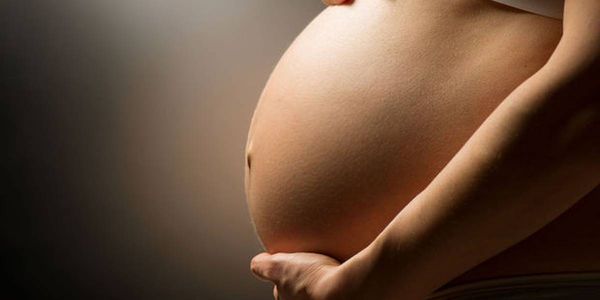
A breakthrough Melbourne-made treatment that is providing a long-term cure for children with a deadly peanut allergy may soon be widely available.
The experimental peanut-probiotic treatment led to 82 per cent of children who participated successfully being able to eat peanuts. Now, four years later, 80 per cent of those cured children are still eating peanuts.
"These children have been eating peanut freely in their diet without having to follow any particular program of peanut intake in the years after treatment was completed," said lead researcher Professor Mimi Tang.

The clinical trial was conducted at the Murdoch Children's Research Institute in Melbourne.
Professor Tang hopes a product can be on the shelves in the next five years.
"This changes sufferers' lives. They can now eat peanuts. Their lives change completely," she said.
"Our feedback is these kids are now going to parties without worry."
The treatment combines a small amount of peanut flour with a very high dose of the probiotic Lactobacillus rhamnosus.
This bacterium, commonly found in small doses in yoghurt, is a known immune system modulator - it calms the immune system's response to things it would normally react to, reducing the severity of allergic reactions.
Paired together, the probiotic mix encourages the immune system to gradually tolerate larger and larger doses of peanut flour.
"Probiotics are very potent immune-modulating agents to shift the way the immune system responds. This particular probiotic has been shown in other situations to support tolerance-like responses. It creates an environment for the immune system to respond differently," Professor Tang said.
About 3 per cent of babies are born with a peanut allergy. Peanuts are among the most-common causes of anaphylaxis with hospital admissions over the past decade increasing five-fold in children under four.
In 2013 Professor Tang's team administered the therapy to 28 allergic children.
The amount of peanut flour was slowly increased over about 18 months, allowing the children to build up tolerance. At the end of the original trial, 82 per cent of treated children were happily eating peanuts as part of a normal diet.
In a follow-up study, researchers went back and re-tested those children for peanut allergy to determine if the treatment had lasted.
It had. They found that four years later, 80 per cent of those cured children were still showing no signs of allergic reaction to eating peanuts.
"These findings suggest our treatment is effective at inducing long-term tolerance, up to four years after completing treatment, and is safe," Professor Tang said.
"It also suggests the exciting possibility that tolerance is a realistic target for treating food allergy. This is a major step forward in identifying an effective treatment to address the food allergy problem in Western societies."
The institute will now work with a venture capital firm to fund the commercialisation of a treatment, which would involve doses of powder taken every day for 18 months.
With AAP










